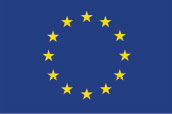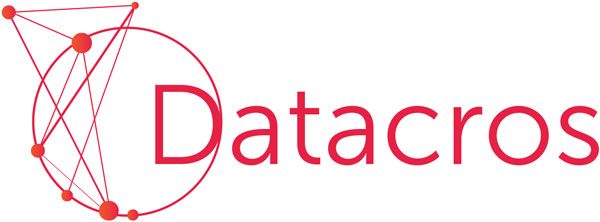 Co-founded by the European Union
Co-founded by the European UnionObjective
The DATACROS project aims at developing a tool prototype to detect anomalies in firms’ ownership structure that can flag high risks of collusion, corruption and money laundering within the European single market.
Background
Previous research has highlighted that legitimate businesses play a crucial role in facilitating corruption, collusion and money laundering schemes (WB, 2011). These can be identified through anomalies in firms’ ownership. For instance:
- Ownership links among firms participating in the same procurement procedure may flag collusive patterns (Conley and Decarolis, 2016);
- The presence of PEPs in the ownership structure of a business (Rose-Ackerman, 2012; World Bank, 2011) could increase the risk of corruption;
- Complex ownership structures could conceal the laundering of corruption proceeds (Transparency International, 2017; Transcrime, 2017)
Studies on the use of ownership schemes for corruption purposes are few, mainly due to lack of data. Even fewer are practical tools which could help users – police, judicial authorities and investigative journalists – to trace, map and monitor opaque firms’ ownership structures in Europe and assess the extent to which they are related to corruption risks. DATACROS project addresses this gap.
How DATACROS addresses this gap
Project DATACROS addresses this gap by developing a tool prototype able to identify the following anomalies:
- Ownership links among companies in a given set (e.g. bidders in a public procurement)
- Geographic concentration of companies in a given set
- Links between companies and politically exposed persons
- Links between companies and blacklisted countries
- Complex corporate structures
Who can benefit from project DATACROS?
Project DATACROS will benefit a wide range of stakeholders in the EU and beyond, by:
- Improving police investigation and judicial authorities’ prosecution capabilities on cases of corruption and laundering of its proceeds, especially cross-border ones;
- Helping national and local public bodies (Law Enforcement Agencies; Anti-Corruption Agencies; Competition Authorities) to assess collusion risks in procurement;
- Allowing investigative journalists, NGOs and the whole civil society to overlook interactions between politics and business;
- Facilitating national and EU authorities to map the role of entities from risky jurisdictions in public spending in the EU.


